Endophytes Lawns – Learn About Endophyte Enhanced Grasses
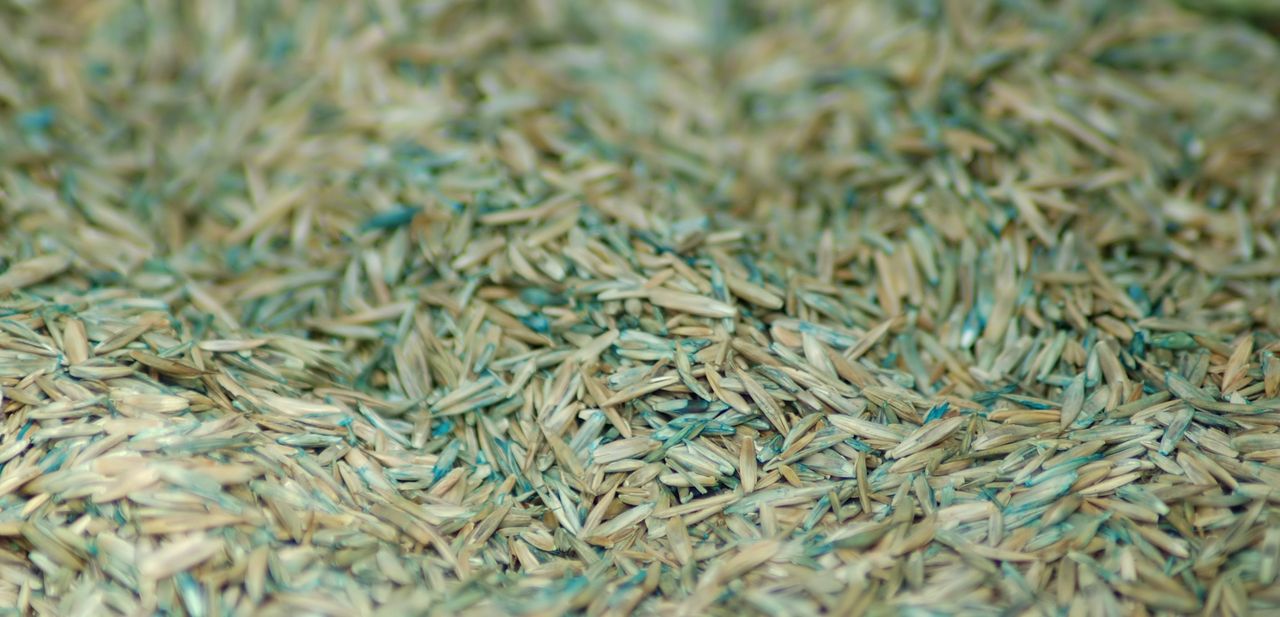

While perusing grass seed mix labels at your local garden center, you notice that despite different names, most have common ingredients: Kentucky bluegrass, perennial ryegrass, chewings fescue, etc. Then one label pops out at you in big, bold letters saying, “Endophyte Enhanced.” So naturally you buy the one that says it’s enhanced with something special, just as myself or any other consumer would. So, what are endophytes? Continue reading to learn about endophyte enhanced grasses.
What Do Endophytes Do?
Endophytes are living organisms that live within and form symbiotic relationships with other living organisms. Endophyte enhanced grasses are grasses that have beneficial fungi living within them. These fungi help the grasses store and use water more efficiently, withstand extreme heat and drought better, and resist certain insects and fungal diseases. In return, the fungi use some of the energy the grasses obtain through photosynthesis. However, endophytes are only compatible with certain grasses like perennial ryegrass, tall fescue, fine fescue, chewings fescue, and hard fescue. They are not compatible with Kentucky bluegrass or bentgrass. For a list of endophyte enhanced grass species, visit the National Turfgrass Evaluation Program’s website.
Endophyte Enhanced Turfgrass
Endophytes help cool season turfgrasses resist extreme heat and drought. They also can help turfgrasses resist the fungal diseases Dollar Spot and Red Thread. Endophytes contain alkaloids that make their grass companions toxic or distasteful to bill bugs, chinch bugs, sod webworms, fall armyworms, and stem weevils. These same alkaloids, however, can be harmful to livestock that graze upon them. While cats and dogs also sometimes eat grass, they do not consume large enough amounts of endophyte enhanced grasses to harm them. Endophytes can reduce pesticide use, watering, and lawn maintenance, while also making grasses grow more vigorously. Since endophytes are living organisms, endophyte enhanced grass seed will only remain viable for up to two years when stored at or above room temperature.
Gardening tips, videos, info and more delivered right to your inbox!
Sign up for the Gardening Know How newsletter today and receive a free copy of our e-book "How to Grow Delicious Tomatoes".
-
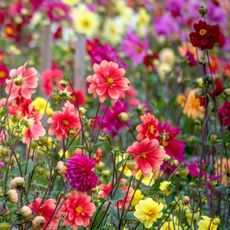 Cut Flower Garden For Beginners: 8 Easy Decorative Floral Plants For Newbies To Grow
Cut Flower Garden For Beginners: 8 Easy Decorative Floral Plants For Newbies To GrowAre you new to growing decorative florals for bouquets and ornamental displays? A cut flower garden for beginners is well within reach if you grow these flower seeds
By Tonya Barnett
-
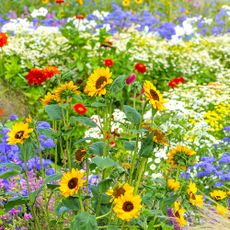 10 Flower Seeds To Sow In April For Endless Blooms Through Summer & Fall
10 Flower Seeds To Sow In April For Endless Blooms Through Summer & FallDiscover the best annual and perennial flowers to plant in April to ensure a sea of color in borders and containers that lasts all summer and into fall.
By Bonnie L. Grant
-
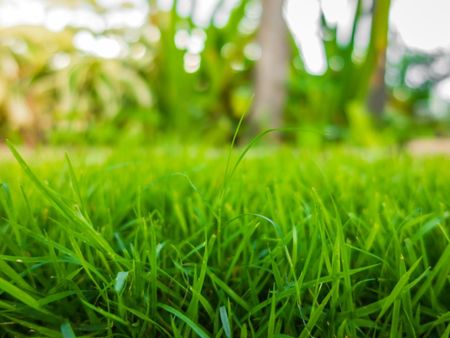 Sustainable Turf Species For A Greener Lawn
Sustainable Turf Species For A Greener LawnClick here for some of the most sustainable types of turf grass you can grow for an eco-friendly lawn.
By Bonnie L. Grant
-
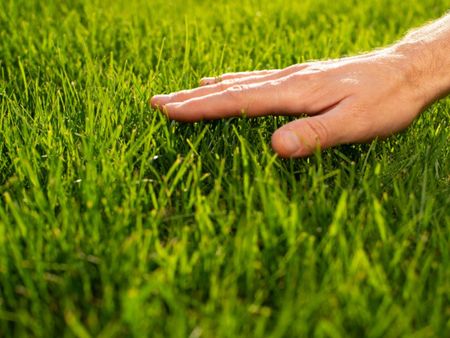 How To Grow A Sustainable Lawn
How To Grow A Sustainable LawnAdjust your thinking about a perfect green lawn and consider more sustainable methods. Click here to learn how.
By Mary Ellen Ellis
-
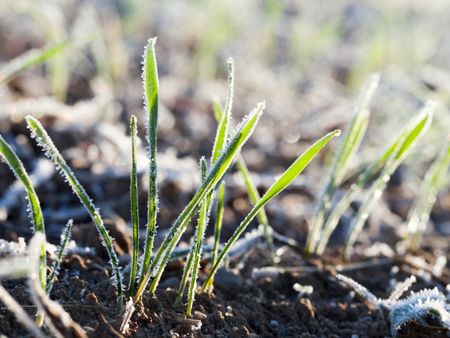 Will Frost Kill Grass Seed And How To Help New Turf Survive
Will Frost Kill Grass Seed And How To Help New Turf SurviveLearn how to help your newly sown grass survive frost and freezing weather.
By Amy Grant
-
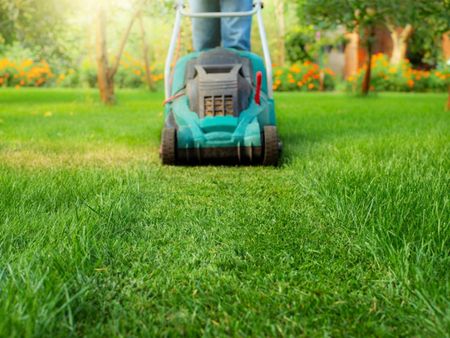 Lawn Problems That Aren’t Really Problems
Lawn Problems That Aren’t Really ProblemsYour lawn may not require as much work as you think. Learn which common problems aren’t really problems.
By Teo Spengler
-
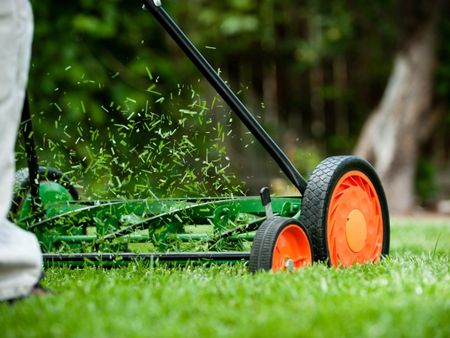 Why A Manual Push Mower Is Good For You And The Environment
Why A Manual Push Mower Is Good For You And The EnvironmentReel mowers are making a comeback, but why? Click here to learn about reel mower pros and cons.
By Amy Grant
-
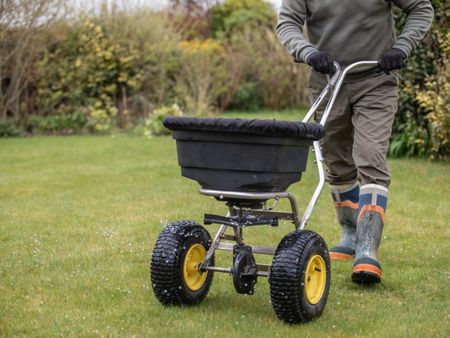 Fertilize Grass In Fall For A Lush Lawn In Spring
Fertilize Grass In Fall For A Lush Lawn In SpringFor everything you need to know about fertilizing your lawn in the fall, click here.
By Susan Albert
-
 Tips For Mowing Stripes In Lawn
Tips For Mowing Stripes In LawnWouldn’t it be great to have stripes in your lawn like a sports field? Learn how here.
By Susan Albert
-
 Late Summer Lawn Care Checklist
Late Summer Lawn Care ChecklistPlan to do some late summer care and maintenance of your lawn so it will be healthy and beautiful in the spring. Here are some tips.
By Laura Miller
